How Nissan bosses were convinced to build the £300million plant in Wearside 40 years ago
and live on Freeview channel 276
The white saloon, faithfully guarded by the late Wallace the lion, symbolises a pivotal piece of industrial history.
Every decent pub quizzer on Wearside knows that the Nissan plant opened on the site of the former RAF Usworth in 1986. But the story goes back a few years earlier.
Advertisement
Hide AdAdvertisement
Hide AdApril 24, 2021 marks the 40th anniversary of the seeds of this spectacular Sunderland success story being sown.
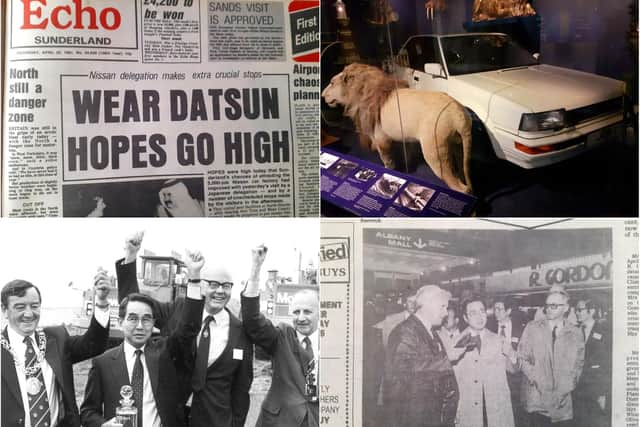

The visit
Success has many parents; failure is an orphan. There has never been a shortage of credit claimants for Nissan. The plant has been used as a political bludgeon, particularly in recent times.
But let’s ignore that and dwell instead upon events of Friday, April 24, 1981. Weather-wise it was a typical Wearside spring day. It was snowing.
Rumours had circulated since January and, on April 8, the Echo reported that a Nissan executive visit to Sunderland was imminent. The car giant had whittled a longlist of eight down to a shortlist of three: Immingham on Humberside, Shotton in South Wales and the North East.
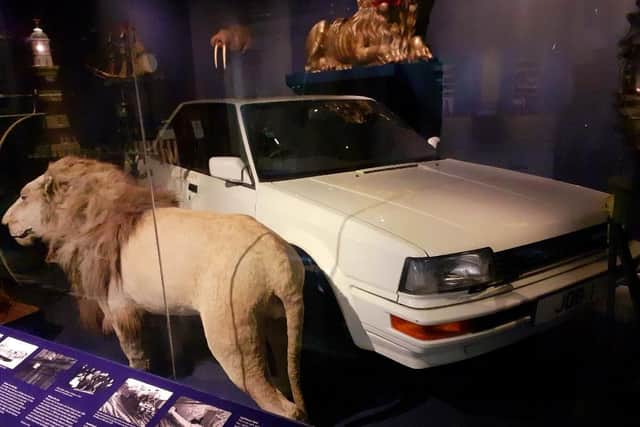

Advertisement
Hide AdAdvertisement
Hide AdExactly where in the North East would be in the running had not been specified. Teesside was favourite because of the off-loading facilities in its docks. Sunderland, with 5,000 jobs and a £300 million development at stake during an unemployment crisis, would hit back with … shopping.
The story was the Echo’s headline on April 25, the day after the Nissan delegation visit. The headline read: “Wear Datsun hopes go high.” Datsun was a brand of Nissan and at that time a better known name in the UK.
The delegation visited port facilities in North Shields, because the ill-fated Tyne and Wear County Council was involved and prepared to invest in the port if Washington was chosen.
Take ‘em to the Galleries
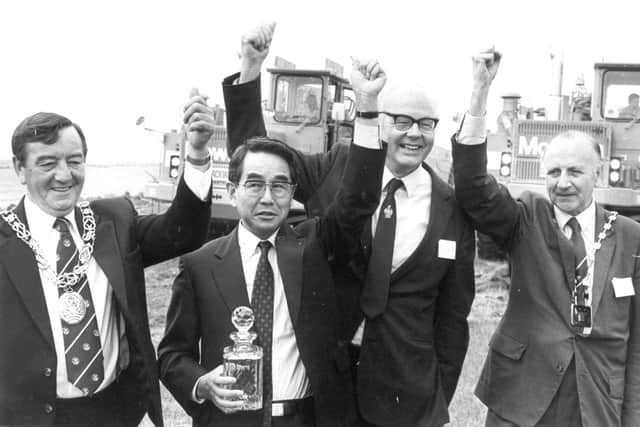

After showing the Japanese some training facilities to reassure them that the unemployed could be adequately retrained, the delegation was whisked away to the Galleries. There wasn’t a better shopping centre in the North East in 1981.
Advertisement
Hide AdAdvertisement
Hide AdCharles Slater, leader of Sunderland Borough Council, was buoyed by this unplanned wander round the shops.
He said: “Everyone who has offered the Japanese a site is desperate for work. As far as our case is concerned, I can only say that the very best was done and highest level of professionalism achieved.
“If the Japanese do not come to Wearside the operation will still have been worthwhile because of the expertise which has been built up.
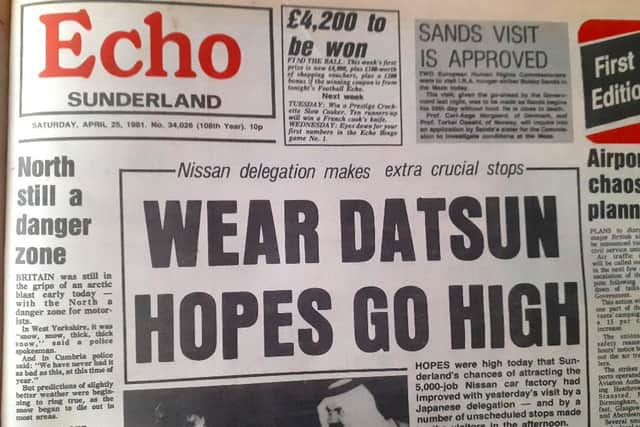

“This can be used to attract other industry to the site. The exercise is a model for what can be done by people working together.”
Advertisement
Hide AdAdvertisement
Hide AdThe Echo reported: “During their visit to Washington yesterday the Japanese delegation made an unscheduled stop at the Galleries to see how Wearsiders do their weekend shopping.”
Any differences between the weekend shopping methods of the Japanese and the Washingtonians were not elaborated upon.
No individual member of the Nissan delegation was named in the story. Nevertheless they were seen “paying particular attention to the giant superstores Sava Centre and Woolco” and one delegate was “very impressed”.
He added: “It is a nice place, very clean and warm. I like it very much.”
Sava Centre and Woolco swing the deal
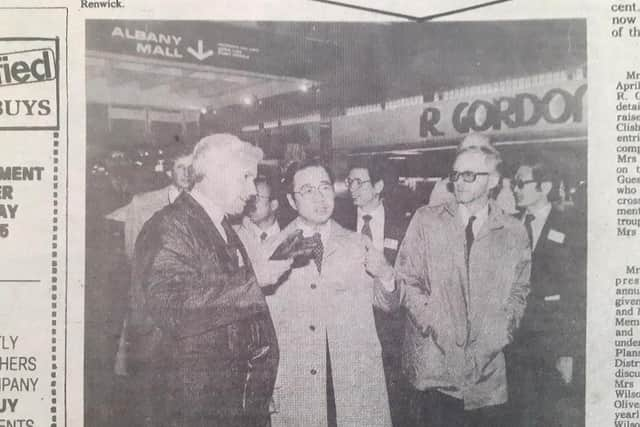

Advertisement
Hide AdAdvertisement
Hide AdNissan then, as now, was based in Tokyo, a global Mecca for shoppers along with Paris, New York and Milan. So, with respect, it seems unlikely that the gentleman in question was genuinely bowled over by Sava Centre and Woolco, good shops though they were. Japan is a famously polite nation.
Yet the little shopping expedition clearly didn’t do any harm.
Sunderland, indeed the UK as a whole appeared for a while to have missed out on Nissan. But eventually, on February 1, 1984, the firm signed an agreement with the British Government to build a plant. Confirmation was given in March that it would be the 800-acre Wearside site.
Nissan president Takashi Ishihara attended the ceremonial ground breaking on Wednesday, November 7, 1984.
Advertisement
Hide AdAdvertisement
Hide AdSeptember 1986 saw the official opening by Nissan president Yutaka Kumet and UK Prime Minister Margaret Thatcher. But a more significant event had taken place two months earlier.
In July 1986 the first Nissan Bluebird, today watched vigilantly by Wallace the lion, rolled off the production line which employed just 470 staff to begin with. The rest, as the cliche goes, is history.
Nissan is hugely important to the UK economy and the North East especially. The figures are mind boggling. Over 10 million vehicles have been produced and tens of thousands of people owe their living to its existence.
The Echo nailed it
The Echo at the time realised the potential of the visit. The story was front page news and the editorial said: “(Sunderland) approached the visit in as low a key as possible in view of the wide interest.
“The result is awaited with quiet confidence.”
Advertisement
Hide AdAdvertisement
Hide AdThis proved pretty much bang on, although interestingly the matter was not alluded to by a single contributor to the letters page in the following weeks.
It would be overstating matters more than a little to claim the arrival of the car giant is entirely attributable to some very high-powered Japanese businessmen taking a shufti round Sava Centre and Woolco on April 24, 1981.
On the other hand, it’s too delightful a thought to entirely discount. Let’s hear it for the Galleries.
* In the Echo that same week in 1981, there was widespread panic when Scottish and Newcastle draymen announced a strike.
Advertisement
Hide AdAdvertisement
Hide AdArthur Scargill announced he would appear at Easington’s May Day festival.
Sister Mary Wilfrid took over as head of St Anthony’s Girls School.
York City FC announced that they would save £194 on the squad’s rail fares to Aldershot by using the coupons from washing powder packets.
